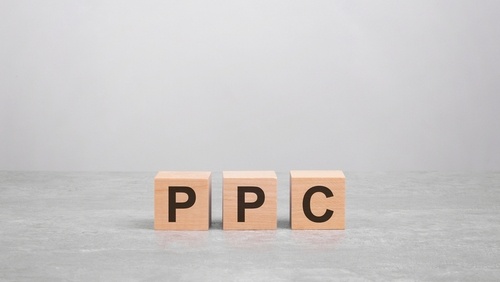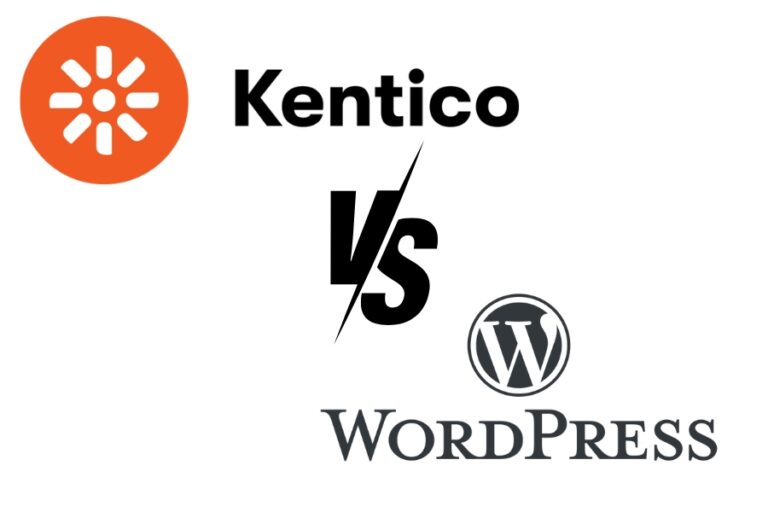Most people have incredibly crowded email inboxes, and your email marketing has to entice your customers to open your messages, both for B2B and B2C marketing.
But how do you make your email stand out from the competition, and ensure more people are opening them?

Welcome Emails
Send out a welcome email that introduces yourself or your business to the subscriber, that will help to set the tone of the relationship you wish to build, as well as explain what the user has signed up for.
While many consumers may want to receive your emails, they will often change their mind after a short period of time. Often enough, they will simply forget they signed up for this. By sending a welcome email straight away, this means the subscriber has less of a chance of forgetting your brand, and the fact they wish to be on the receiving end of your messaging.
Enticing Subject Lines
Spend time on your subject lines, and don’t simply write them quickly once you’re finished with everything else.
At the end of the day, the subject line is the main thing that will influence someone to open your email, aside from the strength of your brand, and how much your customers will want to open your emails. Subject lines should resonate directly with your target audience.
Think of what would interest your customers, and how you can word this in order to make them click your email. Your subject lines should be clear and concise in order to inform customers exactly on what to expect from your email.
A/B Test your Emails
If you have a large contact list, consider using A/B tests in order to establish which subject lines and which emails in general work best with your customers.
In doing this, you can improve your open rates and other forms of engagement in the long run, and create the best performing email marketing campaigns possible.
Segment Your Email Lists
Instead of sending the same email out to every single one of your contacts, put them into separate lists based on some form of criteria useful for your campaigns, and send out specific emails that target users.
Whether this is by industry, past purchase information, or by interest, you can help boost open rates by not pestering users with emails they simply aren’t interested in.
What might make things easier, is allowing users to state their interests when signing up. This could include product categories you offer.
Offer Email Preferences
If you send out emails on a regular basis, then make sure you offer users a way to adjust how often they receive your marketing messages or other forms of email.
If your customers can customise their preferences, you stand more chance of not being perceived as spam, providing more relevant content that users will want to open.
Double Opt-In
When signing up for your newsletter, email blasts or promotions, consider using a double opt-in process.
This requires a secondary action from the customer or subscriber, in order to confirm they wish to receive your messages.
This extra step means that it is definitely consent, as the people you will be emailing have more explicitly expressed they wish to receive your emails.
On your end, it should theoretically give you a higher open rate and delivery rate, as you will be less of a “nuisance” in their inbox, due to the fact the subscriber wants your emails.
Personalise Your Emails
If at all possible, and if it would be beneficial for your specific campaigns, try personalising your emails.
Whether this is through simply adding a name to the subject line, or tailoring the content of the email itself in order to appeal directly to specific customers, this can help you customise emails to specific people and boost open and engagement levels.
Clean Out Your Contact Lists
Many businesses have huge contact lists and databases of past and existing customers, and will send emails to each and every one at some point. But how many people are actively engaging with your email marketing, and how many of them have actually opened one recently?
Why keep contacts in your email marketing contact list if they haven’t opened an email in the past year?
Assess your contact lists, and clean out any data that is no longer required. Assess what amount of time you would consider that someone is no longer interested in what you have to offer.
Depending on your business or industry, you could perhaps delete contacts if someone hasn’t interacted with your brand in the last two years, one year, or possibly six months.














